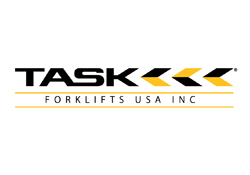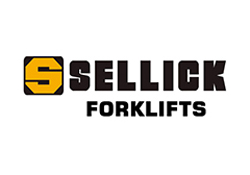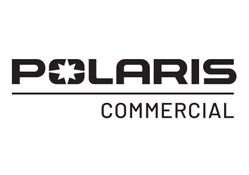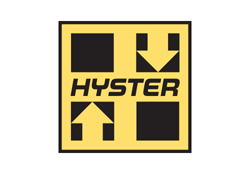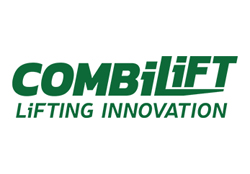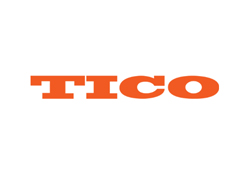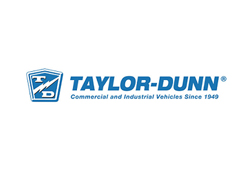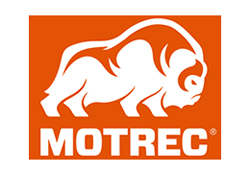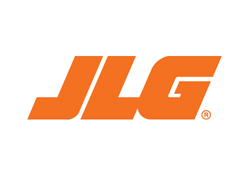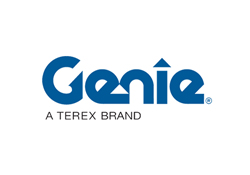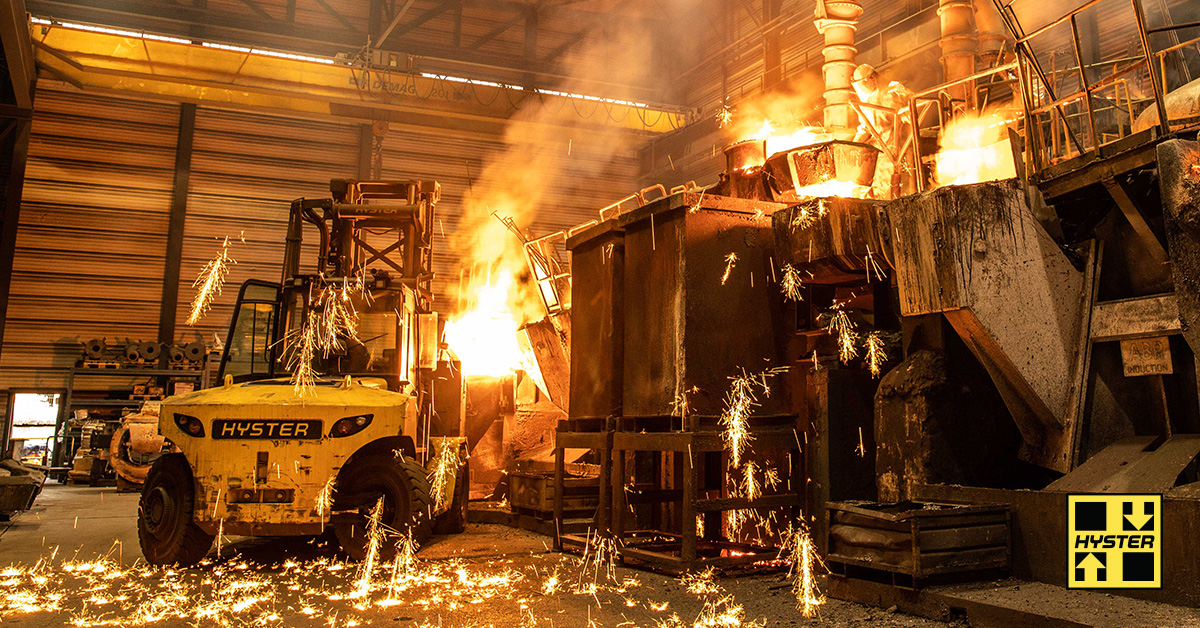
Metal products can vary widely in type, size, shape and weight, presenting significant load handling challenges. Equipment and labor used to move products to storage and distribution can be a source of costly inefficiency. Large capacity trucks and specific steel handling attachments, designed for quick and easy changes, can add flexibility and help improve utilization. Hyster Heavy Duty Forklifts are the right fit for the job.
With automation, increased connectivity and evolving labor demographics reshaping industrial landscapes, change is constant, and the steel industry is no exception. Today, mills must serve demand for steel in a variety of shapes and sizes, and face expectations for greater speed and efficiency when moving steel from production to distribution and ultimately, to end users. Mills face significant financial commitments, with demand for larger and wider coils driving major investments to widen coil production lines and produce steel in larger depth and diameter coils. The material handling equipment and labor necessary to move steel products also accounts for significant costs. But steel mills cannot afford to cut corners – doing so risks unsafe and ineffective coil and slab handling, which can cause extremely costly lost-time accidents and mill shutdowns.
To stay competitive in such a challenging market, steel producers must re-examine not only the equipment they use, but how they use it. Instead of using multi-step, multi-machine workflows, what if they could shift to a streamlined approach, unlocking greater performance and efficiency to thrive in today’s market? Thanks to material handling equipment innovations that provide unprecedented flexibility, this streamlined approach is a growing reality for steel-handling operations. A single reach stacker can now handle tasks traditionally divided between equipment like gantry systems and coil-ram lift trucks. This enables a consolidated workflow that avoids non-value-added steps like dropping loads at mid-points and changing equipment, while reducing overall equipment inventory and associated training time.
MAKE LIGHT WORK OF HEAVIER LOADS
To handle heavier, wider coils, a reach stacker offers the right combination of size, heavy duty features and most importantly, greater payload. In addition to heavier booms, larger tires and axles, and right-sized coil handling attachments, reach stackers can lift up to 120,000 pounds and offer an extended load center of up to 252 inches, not only accommodating wider coils, but providing the extended reach necessary to place them on a double deep rail car, or a widely staged semi-trailer flatbed.
Operations can also utilize attachments designed specifically for coil handling, like coil hooks and grabs.
- Coil hooks allow operators great flexibility when positioning coils on flat rail cars with coil cores placed perpendicular to the railroad tracks. They can even include an integrated rail lid lifter for quick, integrated access to loading targets.
- Coil grabs are an effective choice to load walled gondola cars. The grab arms need a minimal distance to release the coil, fitting inside the walls of the rail car for maximum precision.
With end users demanding steel coils and slabs alike, mills must be prepared to produce, handle and load both types. Flat slabs possess key differences from coils and lift trucks require different attachments to effectively handle them. Slab handling attachments include:
- Slab magnets are used for stacking ambient temperature slabs in a storage yard and dropping them into place. Unlike clamps, magnets are well-suited for loading rail cars with side walls, and they avoid the extra step of placing spacers between loads, expediting processes and enabling real productivity gains.
- Slab tongs, on the other hand, are typically used to grab and transport hot slabs around the yard and to load flat rail cars without walls. They enable more precise handling than forks.
If a mill uses some lift trucks to handle coils and other equipment to handle slabs, they are most likely paying for a bloated fleet. The coil handling trucks will sit idle and take up yard space when slabs are handled and vice versa, simply due to an inability to easily switch between the proper tooling. A new tool changing technology eliminates the cumbersome, arduous process of manually changing attachments and the need for excess lift trucks. For non-powered attachments such as coil hooks or mechanical slab tons, operators can change them without even leaving their seat! For items that require power, such as electricity for slab magnets or hydraulic power for clamping or rotating attachments, operators will need to briefly leave the cab, but the process is simple. A plug-and-play workflow means operators just need to use quick-connecting fittings to connect the power supply for the attachment. Ultimately, this ability to more easily and quickly switch between different attachments can enable a leaner, more productive fleet.
For a review of your lift truck needs, contact us at gregorypoolelift.com.
